I was browsing my emails a few days ago, trying to catch up with my backlog, and stumbled upon this link to an interesting article regarding Chinese Art students applying for a school in China:
Just last month I was approached by a Chinese company looking to have me participate in a lecture and discussion on entry policies of the School of Visual Arts (SVA) in New York City, and American art schools in general. This would be broadcast to multiple locations in China through an online forum with live translation and questions and answers afterward. As I am not on the admissions board at SVA, I could not truthfully provide details regarding their policies, thus politely declined last month. Seeing this article this weekend struck home the potential wave of interest directed at our creative culture here in the States and Europe.
As a teacher, I have had students from Europe to South America to Asia, and have always opened my door to those eager to learn, and will always do so. What hit me was how this Chinese company assumed there was some kind of ‘process’ to creativity which could be explained, evaluated and then mimicked for their client/students to then use. Or maybe they truly did not know how creativity can be assessed (or how it almost can never be assessed!)
Take these pictures as you will, but remember they are just a single snap shot of a moment and do not reflect the entire entry process for this Chinese Arts University. But it is disappointing to see students evaluated on how they approach an identical subject/content/composition given from an art school without the freedom to come up with a still life on their own. What an abundance of imagery could come from those thousands of students if given the chance to think on their own!
It is for this reason I do not offer ‘rules’, nor rigid process orthodoxy, nor focus upon technique in my teaching, but rather push my students and mentorees to experiment, be prolific, and expose themselves to multiple forms of art and solutions to find their artistic voice. Orthodoxy leads to stagnation and uninspiring works.
Be creative today.
Donato


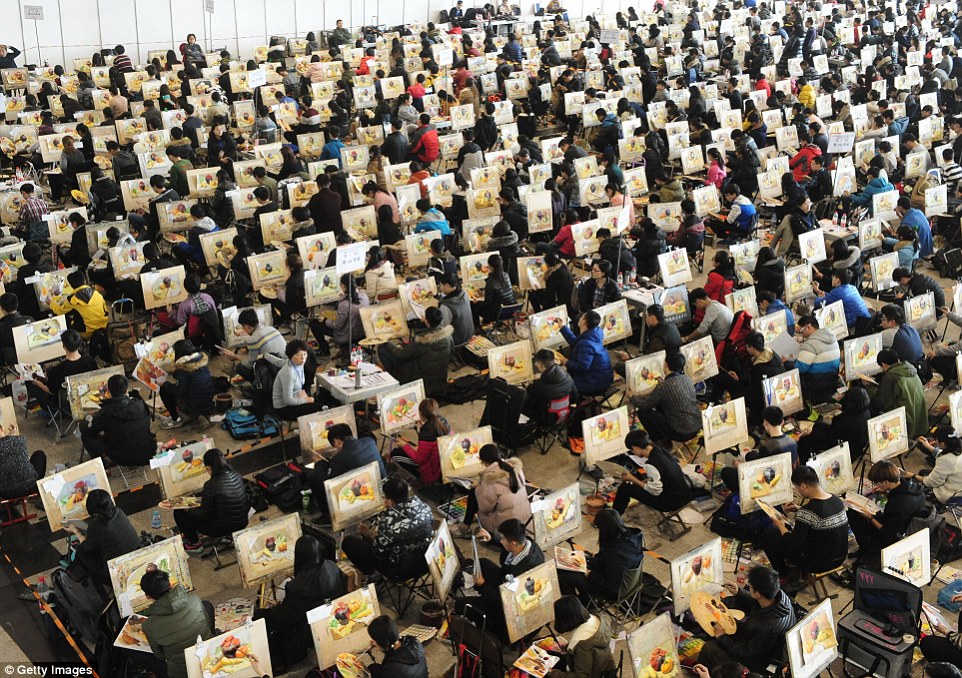
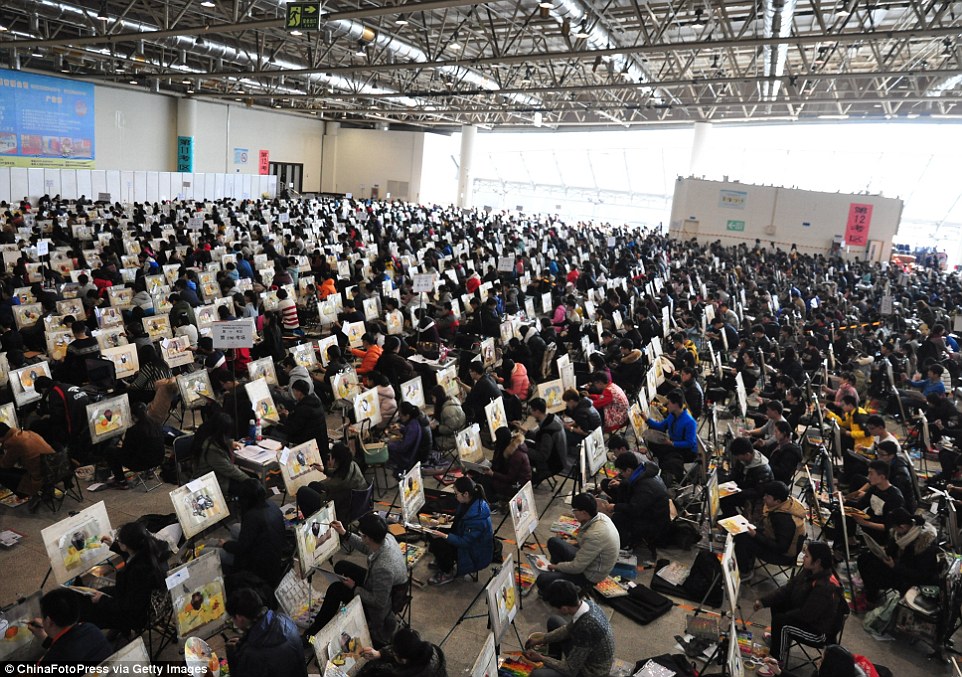
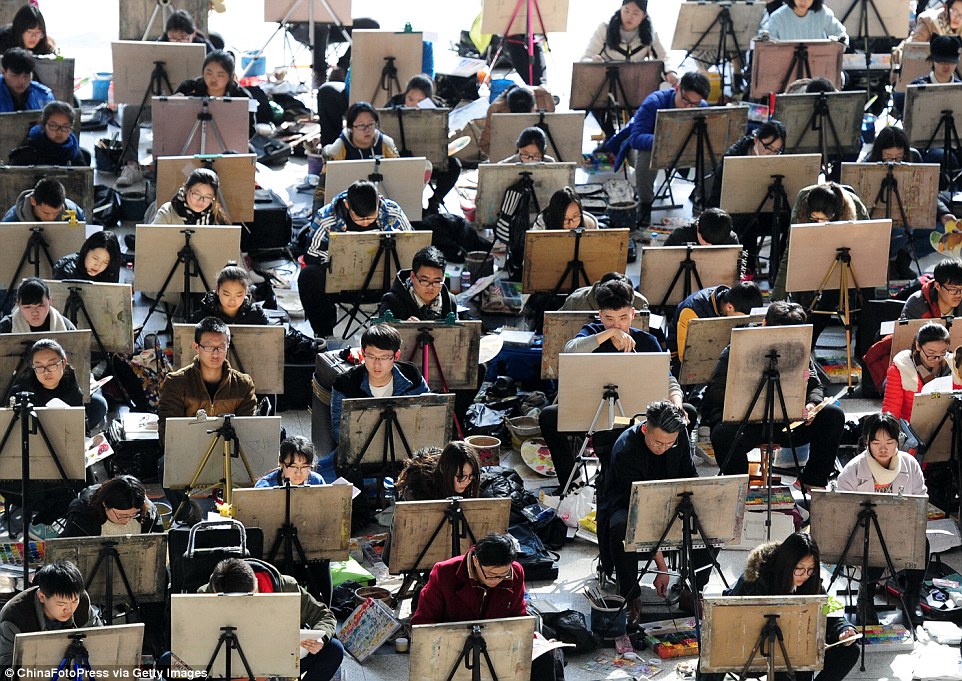
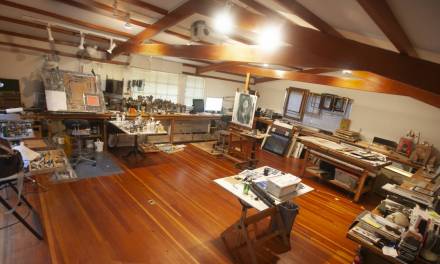
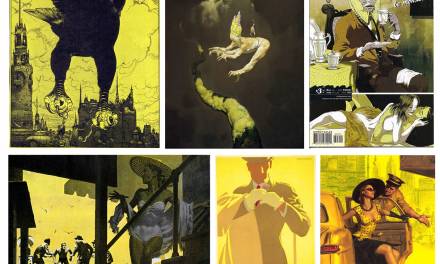

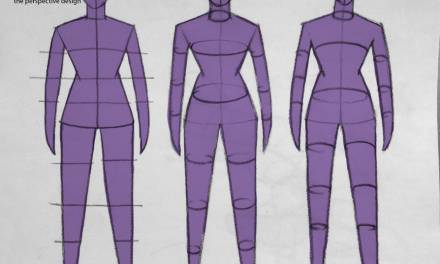

I have looked thoroughly at the images, and honestly can't find what they're referencing. The differences in position of the pieces is astounding for how alike they are, as if they're each viewing at a different angle… I wish they said more about the exact process.
Thanks Donato! Always thought provoking!
Reminds me of older European practices honestly. And that produced many famous and revered artist we know and love today, and are occasionally referenced on this site. 🙂 Just my two cents
Again, as Donato mentioned, we can't really know the entire story based off of a couple of pics. China may have a rigid, process approach towards art but man lately they seem to put out superstar level artist a dime a dozen. Their names are hard to remember but one that comes across my mind is Ruan Jia… his stuff is amazing!
Good point Tanseibu. I agree that rigid structures can have bright stars that shine forth from the process, but many times those stars are ones which shook off some of the protocols of the past. My concern is with the hundreds and thousands of other artists below those stars, unable to find their own voice and satisfaction in what they can achieve as artists.
I would think that the affordability of higher education in China has a lot to do with the pictures. I am from Peru and the best universities are funded by the state and free for the public, the only catch is to pass a rigorous test and only about 15% to 20% of the tested pass and are admitted into school.
There you have it. Soon all illustration jobs will be outsourced to China! 😉 But seriously, how about the guy that paints with his feet? Crazy.
Maybe they're given a list of objects and they have to draw them from their head, or maybe it's a several day thing and they did a sketch beforehand.
Having spent six years in China, I have a few thoughts to share on this. Caveat being that six years is not a lifetime, nor am I Chinese myself.
First, there is this stereotype of the Chinese as conformist and uncreative. Even many Chinese (in my experience) have agreed with this stereotype (sometimes saying that even as they create something very interesting and different). The government (and thereby the education system which is part of it) certainly tends to encourage a conformist and orthodox approach to the arts and arts education. The pictures above illustrate that approach well. One reason often given for that approach tends to be that there are so many applicants (to university or art school) that a rote method of measuring technique or knowledge is necessary to bring numbers of candidates down to reasonable levels.
It is important to realize, though, that in a country of that size (well more than a billion people, as we all know) paradoxical things can both be true: An education system that is conformist and rigid can coexist with numerous highly inventive and creative artists who have found their way inside or outside the system to develop differently. 798 Art Zone in Beijing is a better known example of this, but I also met some very interesting artists during my years in Nanjing and Chongqing, saw an exciting exhibition in Shanghai of works from Uighur artists residing in the far western reach of the country, etc. etc.
One last thought: someone mentioned all the superstar artists coming from China these days (more specifically, perhaps, in the area of concept art). It reminds me of another stereotype–the ubiquitous Chinese grad students to be found throughout academia (and after graduating, in high tech industry) in the West. Keep in mind that the unimaginably large population distorts our understanding of the winnowing that brings us these relatively minuscule number of superstars. For every one who breaks through into recognition over here, there are literally millions who will remain in obscurity over there. Reasons may not just be barriers in their artistic development, but also language, resources, or support of their families. What seems like a wave to us is really just a ripple in a very large pond. If a government that interferes in creativity (banning everything from time travel dramas to interpretations of Chinese pirates) ever changes its ways (or falls), I believe we may see a tidal wave of ideas.
Exellent comment. In regards to a potential tidal wave of ideas if the government changes,I would think that could take at least 10-20 years to properly get going, current cultures/traditions considered, as well as the social and political ramifications from such a change.
accurately then clear base notes are mine doesn't really work in this kind of matter your mind Brain Plus IQ is a lot more like a mind map where we remember impression sometimes in outtalk order or we remember things in clusters one thing reminds us up another thing if you do like taking myna for you.
http://masspmmusclegrowth.com/brain-plus-iq/